10 Most Treacherous Roads: Why People Risk Their Lives to Drive Them
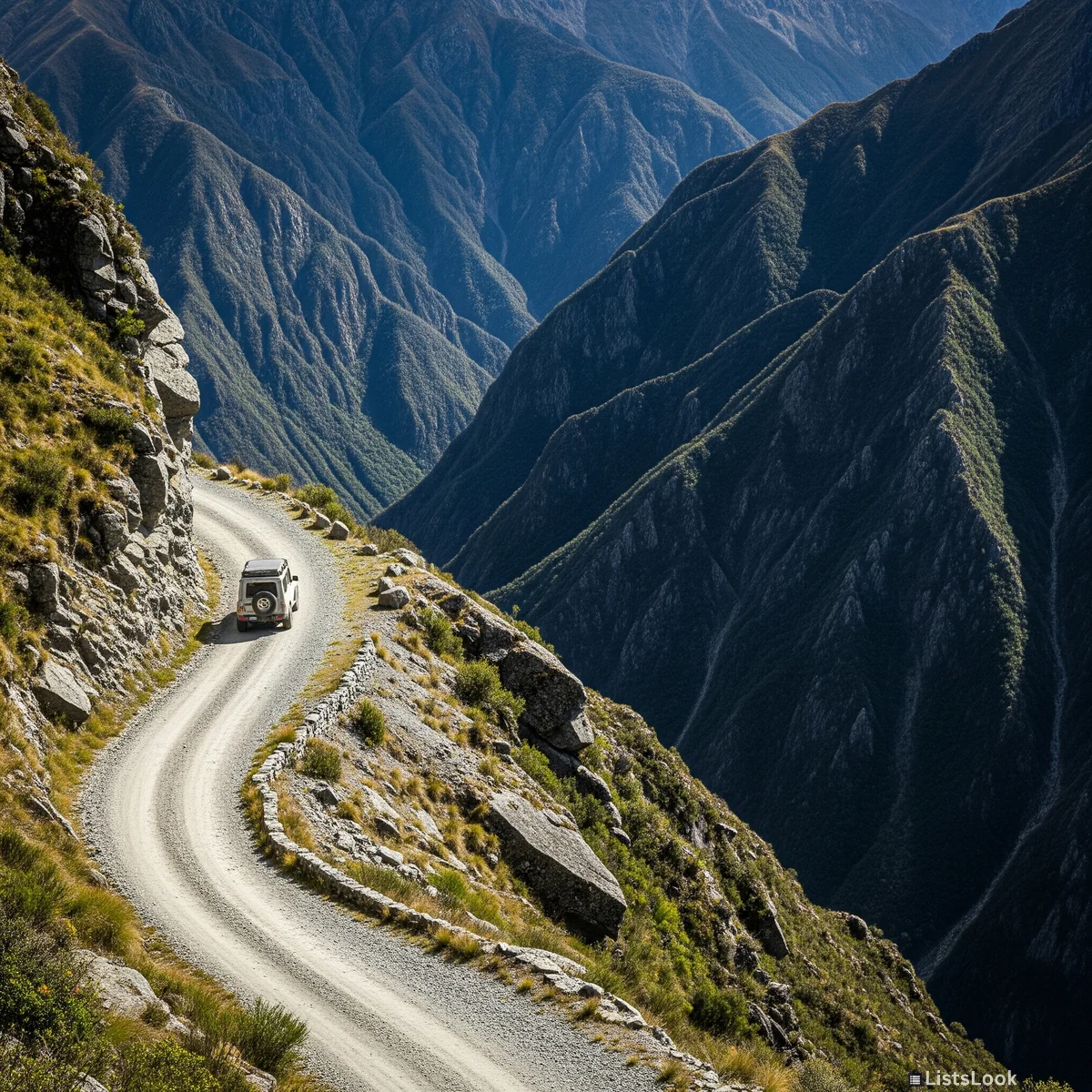
Buckle up for a thrilling ride through the world's most dangerous roads! Discover why people brave these treacherous paths despite the extreme risks. From cliffside highways to icy tracks, explore the limits of driving.
Dare to Drive? Buckle Up for a Ride Through the World's Most Dangerous Roads!
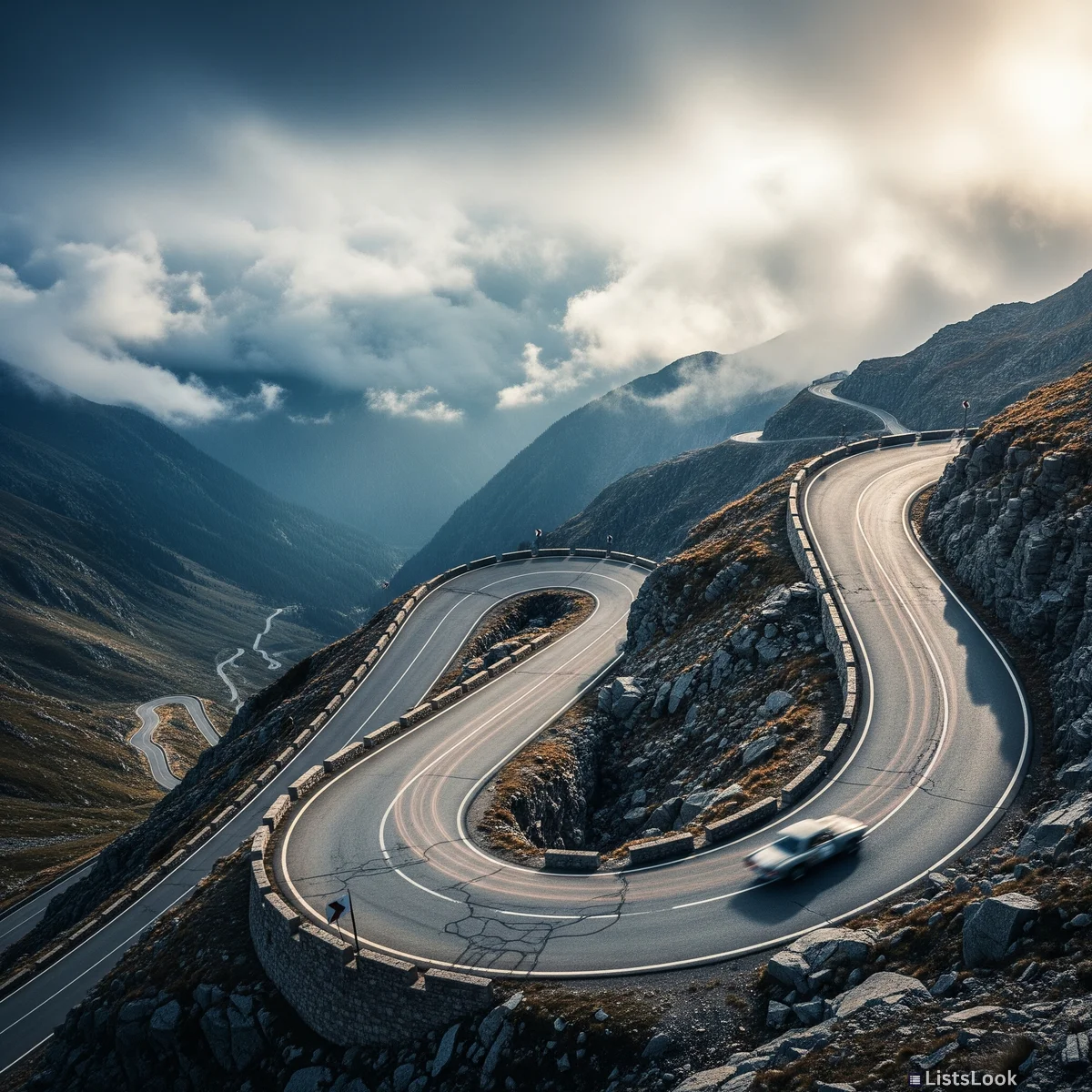
Ever wondered what it feels like to push your driving skills to the absolute limit? Or perhaps you're just fascinated by the sheer audacity of human engineering and resilience? Well, you've come to the right place! Prepare to embark on a virtual journey through some of the most treacherous roads on Earth. These aren't your average scenic routes; they are nerve-wracking stretches of asphalt (and sometimes, just dirt!) that demand respect, skill, and maybe just a little bit of madness to navigate. But why do people still drive them? Let's find out as we explore the world's most dangerous roads!
1. North Yungas Road, Bolivia: The Infamous 'Death Road'

Nicknamed 'Death Road' for a reason, this Bolivian route is legendary for its extreme danger. Imagine a single-lane dirt track carved into the side of the Andes Mountains, with sheer drops of up to 2,000 feet and little to no guardrails. Fog, rain, and landslides are common, making every turn a potential gamble. Despite the terrifying conditions and countless fatalities, locals and thrill-seeking cyclists still use it, as it historically provided a crucial, albeit perilous, link between La Paz and the Yungas region. Today, adventure tourism keeps the road 'alive', attracting those who dare to challenge its deadly reputation.
2. James Dalton Highway, Alaska, USA: Ice Road Truckers' Territory

Known as the 'Haul Road' or Alaskan Route 11, the James Dalton Highway is a 414-mile gravel and dirt track stretching through the Alaskan wilderness. Built to supply the Prudhoe Bay oil fields, it's infamous for its isolation, extreme weather, and challenging driving conditions. Think steep grades, sharp curves, frost heaves, and blinding snowstorms. Mostly used by truckers hauling supplies to and from the oil fields, it's a lifeline for industry, and for those seeking a true wilderness adventure, though breakdowns and accidents are frequent in this remote and unforgiving landscape.
3. Zoji La Pass, India: A High-Altitude Gamble
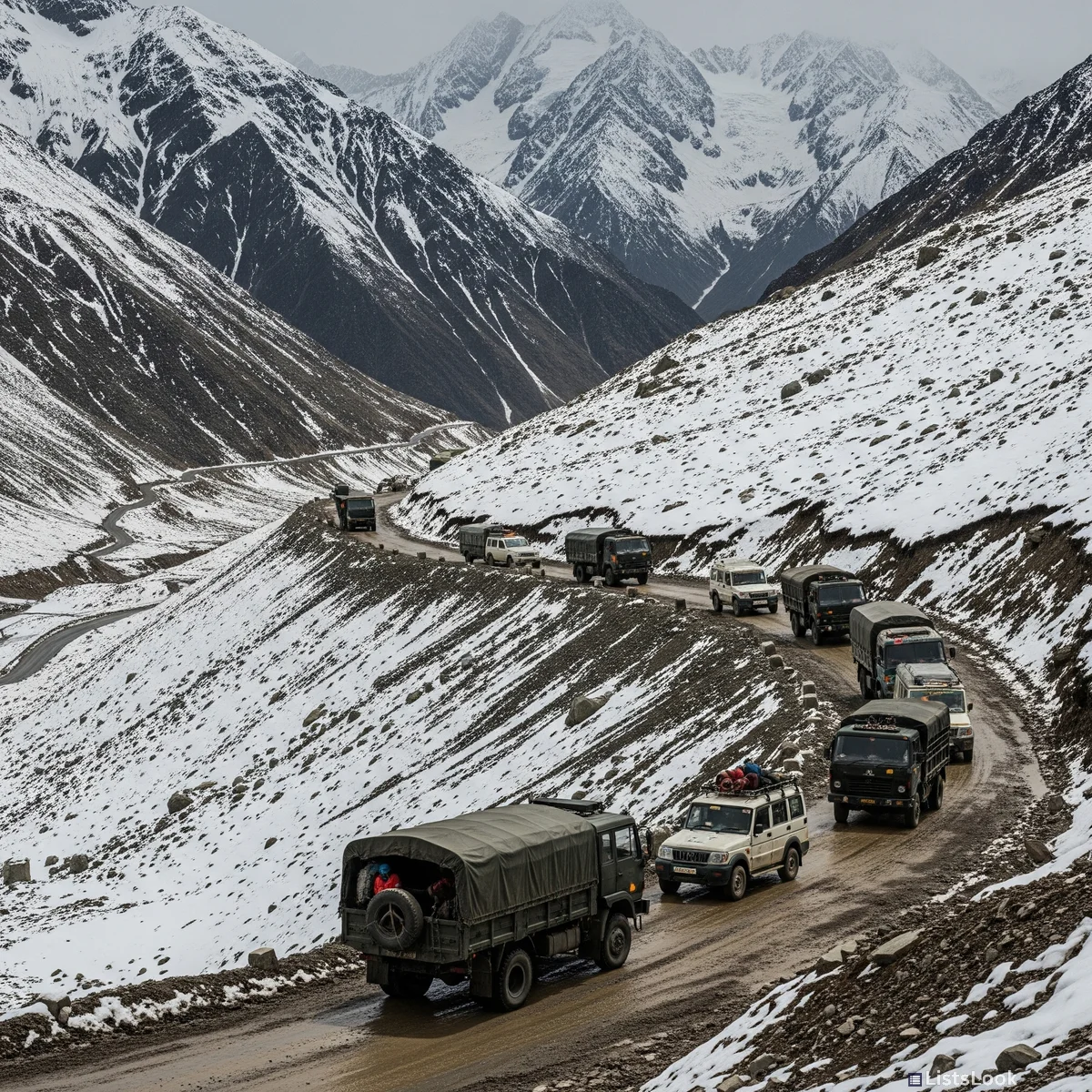
Connecting Ladakh and Kashmir in India, Zoji La is a high-altitude mountain pass notorious for its treacherous conditions. At over 11,500 feet, it’s often covered in snow and ice, even in warmer months. The narrow, unpaved road becomes a muddy, slippery track, frequently blocked by landslides and avalanches. Despite these hazards, it's a vital route for military transport and local communities, providing essential supplies and connectivity in this strategically important region. Drivers brave the pass for necessity, and the stunning, albeit dangerous, Himalayan scenery.
4. Karakoram Highway, Pakistan & China: The 'Friendship Highway' with a Risky Side

Dubbed the 'Friendship Highway' for its role in connecting Pakistan and China, the Karakoram Highway is a marvel of engineering and a test of nerve. It snakes through three of the world's highest mountain ranges – the Himalayas, the Karakoram, and the Pamir. Altitude sickness, landslides, rockfalls, and unpredictable weather are constant threats. Despite being paved, sections are prone to damage and closures. Trade, tourism, and strategic importance drive people to use this high-altitude artery, drawn by its historical significance as part of the ancient Silk Road and the breathtaking, if perilous, mountain vistas.
5. Guoliang Tunnel Road, China: Hand-Carved Cliffside Passage

Carved into the side of the Taihang Mountains by villagers in the 1970s, the Guoliang Tunnel Road is a testament to human determination and daring. Before its construction, the isolated village of Guoliang was only accessible by a steep, treacherous path. This tunnel, though now a tourist attraction, remains a challenging drive. It features irregular openings serving as 'windows' along the cliff face, offering stunning views but also a dizzying sense of exposure. Drivers navigate the narrow, uneven tunnel for access and tourism, drawn by the incredible story and dramatic scenery of this man-made marvel.
6. Trans-Siberian Highway, Russia: The Longest Road with Unexpected Dangers
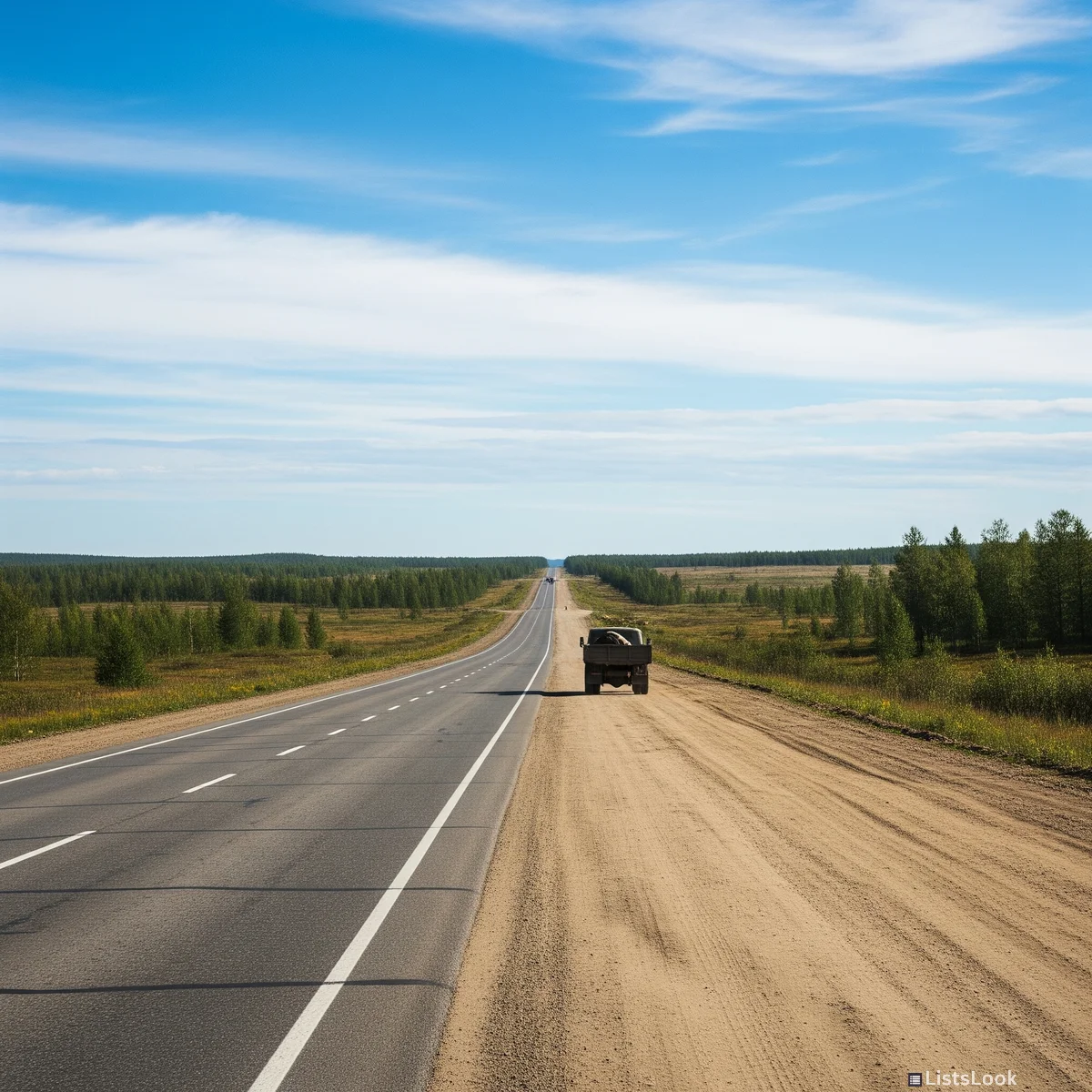
Stretching over 6,800 miles, the Trans-Siberian Highway is not inherently dangerous in every section, but its sheer length and varying conditions earn it a spot. While some parts are modern highways, significant stretches are still rough, unpaved, and poorly maintained, especially in remote regions. Extreme weather, from brutal winters to muddy summers, adds to the challenge. Truckers and adventurers traverse this vast network for trade and exploration, connecting distant communities across Russia. The danger lies in the unpredictable conditions, isolation, and the sheer endurance required for such a massive undertaking.
7. Skippers Canyon Road, New Zealand: Rental Car Companies' Nightmare

Skippers Canyon Road in New Zealand is a narrow, winding gravel road carved into a steep cliff face, famous for its stunning scenery and extreme driving challenges. So dangerous that most rental car companies explicitly forbid driving on it, it demands slow speeds, careful maneuvering, and ideally, a 4x4 vehicle. Landslides, sheer drops, and tight corners are common. Originally built for gold miners, today it's primarily used for tourism and adventure activities. People drive it for the thrill, the history, and the breathtaking panoramic views of Skippers Canyon, accepting the inherent risks.
8. Fairy Meadows Road, Pakistan: Jeep Track to Paradise (with a Catch)

Leading to Fairy Meadows, a stunningly beautiful grassland near Nanga Parbat, the Fairy Meadows Road is considered one of the most dangerous jeep tracks in the world. The unpaved, narrow path winds precariously along a mountainside with no guardrails and terrifying drops. Only local, highly experienced drivers are typically permitted to drive jeeps on this section. From a certain point, access is only by hiking. People brave this terrifying initial jeep ride for the reward of reaching Fairy Meadows, known for its unparalleled views of Nanga Parbat and serene natural beauty, making the risky journey worthwhile for many.
9. Commonwealth Avenue, Philippines: 'Killer Highway' in a Densely Populated Area
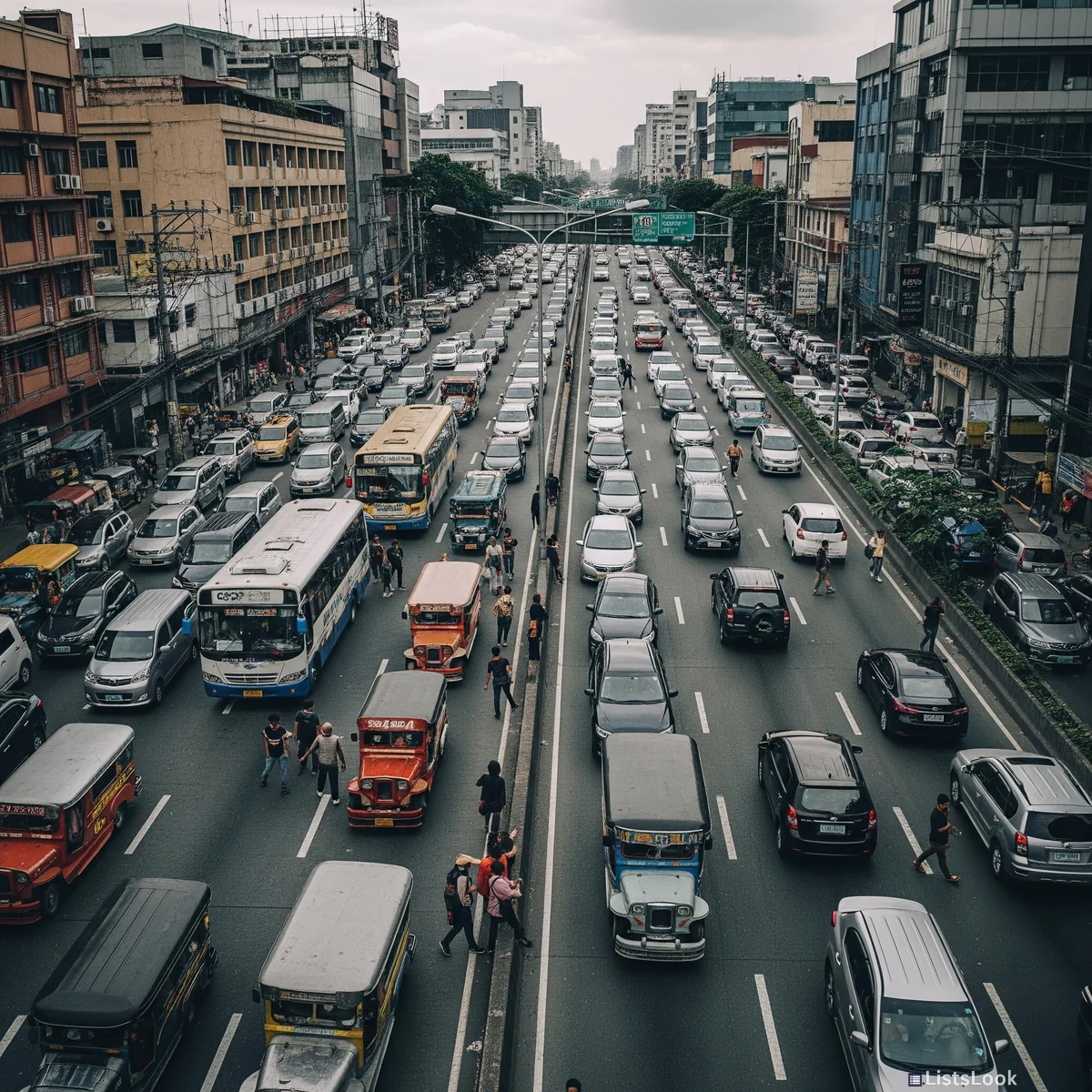
Nicknamed 'Killer Highway', Commonwealth Avenue in Quezon City, Philippines, is dangerous for a different reason: sheer chaos and volume of traffic, combined with poor infrastructure and pedestrian crossings. Despite being a wide, multi-lane highway, reckless driving, speeding, jaywalking pedestrians, and inadequate traffic enforcement contribute to a high accident rate. People drive it because it’s a major artery in Metro Manila, a necessary route for commuting and transportation in a densely populated urban environment. The danger stems from human factors and urban planning issues rather than natural terrain.
10. Passage du Gois, France: The Disappearing Road
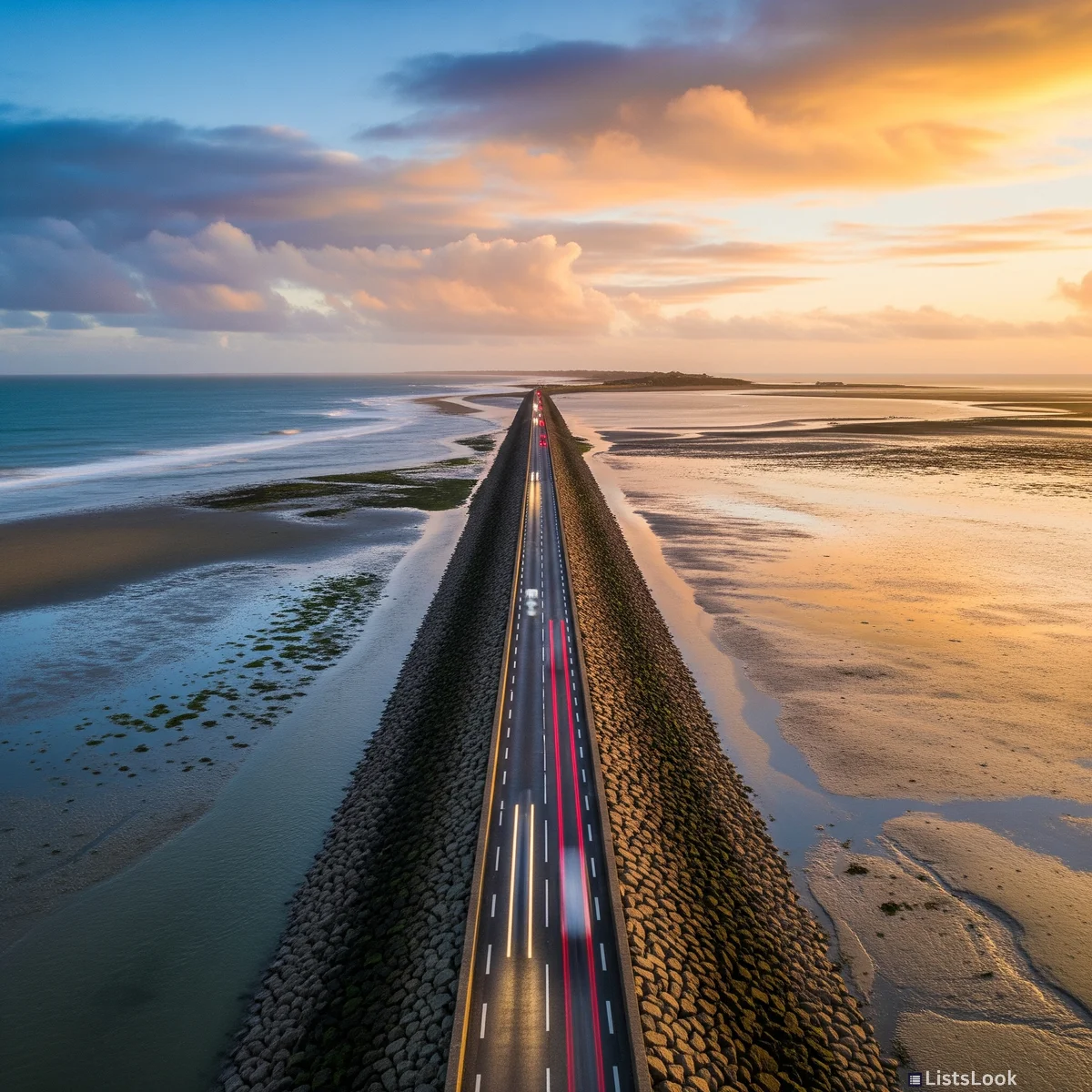
Passage du Gois in France is unique – a causeway that connects the mainland to the island of Noirmoutier, but only at low tide. Twice a day, the rising tide completely submerges the road, making it impassable and incredibly dangerous for those who misjudge the tides. Signage warns of the tide times, but cars still get stranded and swept away. People drive it because it's the primary access route to Noirmoutier Island, a beautiful and popular destination. The danger is predictable but requires careful timing and respect for the power of the ocean – a truly unique road hazard.
Comments
Loading comments...